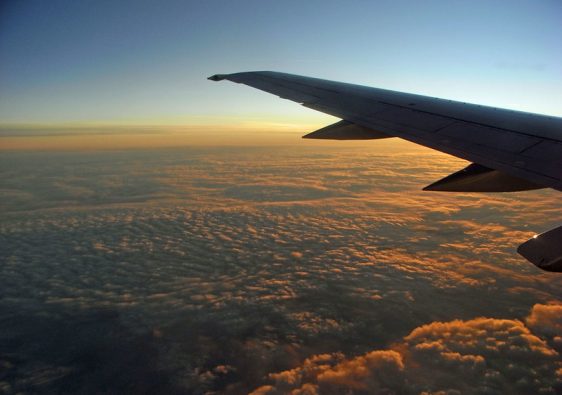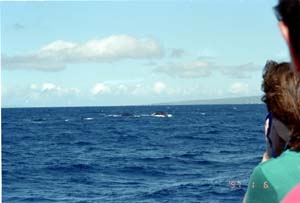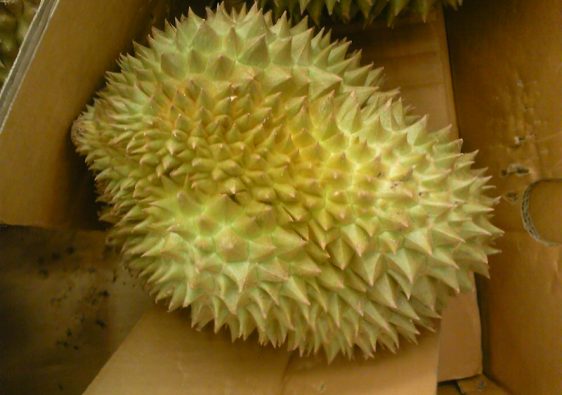These are my memories of traveling through Turkey in 1989. Back then, Turkey wasn’t a country many Japanese people visited, but after the 2002 World Cup, where Japan played against Turkey in the final, it felt closer to home.
Flights and Moscow Transit
Booking a flight in October for travel over the New Year holidays was tough. I ended up with an Aeroflot ticket costing 120,000 yen for a December 20th departure and a January 10th return. The overnight layover in Moscow was rough – we were stuck in a dim airport lobby for hours. A frequent Aeroflot passenger told me this was normal when the transit hotel was full. The hotel itself was nice, but breakfast was limited to one cup of coffee or tea. One frustrated traveler threw his cup at the wall, earning applause from the rest of us.
Istanbul
Taxis from the airport were actually around 10,000 and several thousand Turkish lire by meter taxi though the driver quoted 30,000 lire for the ride to the city. From the city to the airport, It’s a reasonable price if you use hotel taxis. or the Turkish Airlines service bus which is available after 8 AM.
Turkish Lira?Wikipedia?
Accommodation
The airport had a hotel reservation counter with listings starting at $10. Budget hotels in the city center were around 20,000-30,000 lira, but hot water was often limited. For 50,000-60,000 lira, you could get a room with a bathtub and consistent hot water. One night, I splurged on a $54 hotel with a heater, TV, and refrigerator. Pensions in resort areas like Antalya and Pamukkale were cheaper but lacked heating. ($1=2200 Lira at that time, the situations may have changed from 1989)
Meals
LOKANTA (Turkish restaurants) usually had no menus, you just pointed at what you wanted. Most dishes were around 8,000 lira. McDonald’s was available but pricey. There were Chinese restaurants (not great) and even some Japanese ones, but I stuck to the delicious, albeit oily, Turkish cuisine. Upscale restaurants in resort areas cost 20,000-30,000 lira. Once I went to a restaurant at Izumir. I ordered grilled fish it was 70,000 Lira.
Drinks
Tea (chai) was the most popular drink. If you want coffee, finding Nescafe is easier than Turkish coffee. (Nescafe is expensive at 2,000 lira). Chai was much cheaper, around 200-500 lira.
Transportation
Long-distance buses, mostly Mercedes-Benz, were the main mode of intercity travel. A 13-hour bus ride to Cappadocia cost 25,000 lira. In general, it takes 4,000-5,000 lira for 4-5 hours bus. The quality of service and cleanness of buses are very different from bus companies.
Cappadocia
I stayed in Urgup which is a small town in the Cappadocia area. I took a one-day tour for 70,000 lira, including entrance fees and lunch. In Nevsehir, I met a Japanese traveler who found cheaper tours for 30,000-45,000 lira, excluding lunch and fees. Cappadocia is a must-visit!
Turkish People
Turkish people were kind and welcoming, similar to Japanese in some ways. English wasn’t widely spoken, but many were eager to learn, like me trying to learn their language. I had several positive interactions, like strangers helping me find the right bus or a hotel. Of course, there were also pushy salespeople and the occasional person trying to take advantage of tourists.
When I took a bus in Istanbul, I didn’t know which bus was one I should have taken, I asked a person there, and she took me to the right bus and asked the driver something. When I got off, some passengers told me a bus stop I should have to get off at.
When I walked around Konya, a young man told me, “I’m a student, I like Japanese. Are you looking for a hotel?”.
Then, He showed me a hotel. I didn’t like the first one, then he showed me another hotel. After that, he asked me, “How about having tea?”. He seemed to want to talk to Japanese in English.
In Konya, I didn’t know which dolmus (shared taxi) I should take, so I asked a person who was waiting for a dolmus. He took me to a dolmus and paid a fee for me. At a pension in Antalya, an owner and his friend guided me to walk around at night and play chess. They also said they like Japanese.
Of course, not all people were kind. Some person asked me for some money for his guide, another person showed me a ticket counter at a bus station and took me to the bus, and finally wanted some money.
And the peddlers were very annoying. At Blue Mosque, Istanbul, some guy talked to me and took me to his carpet shop.
In general, the business person seemed to need to speak Japanese and English. Not only for business but also for ordinary people who wanted to learn Japanese and English. In Antalya, a student asked me to check his Japanese. I taught English to a younger brother at a pension in Pamukkale.
Encountering Japanese People
I didn’t meet many Japanese travelers, as most seemed to be on group tours. I did encounter a few independent travelers, including women, and a Japanese group at my hotel in Izmir.
On to Italy
My return flight to Japan departed from Rome, so I flew there from Istanbul on Turkish Airlines (680,000 lira). Rome was a stylish contrast to bustling Istanbul. While the Blue Mosque and Hagia Sophia were impressive, the churches in Rome were truly magnificent. Italian fashion was eye-catching, and the women looked elegant, a stark difference from the conservative attire I mostly saw in Turkey.



